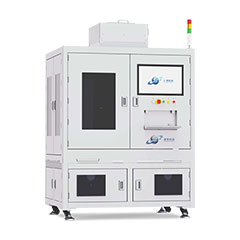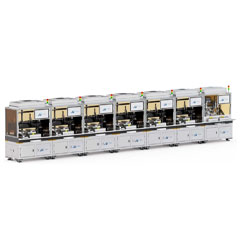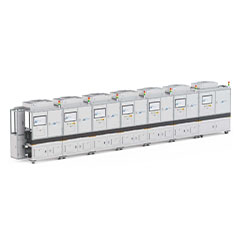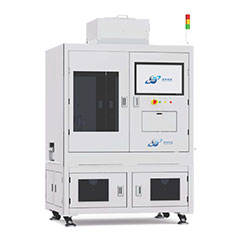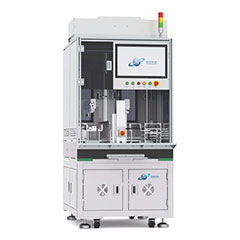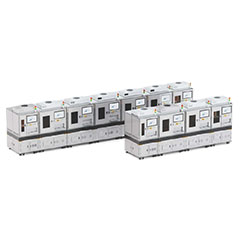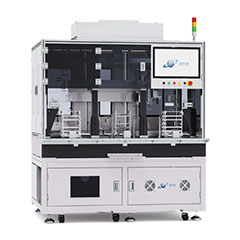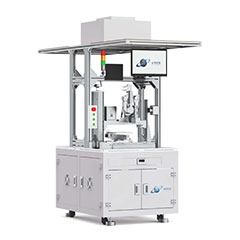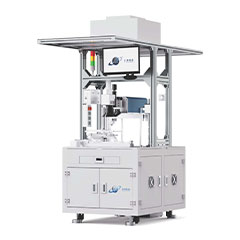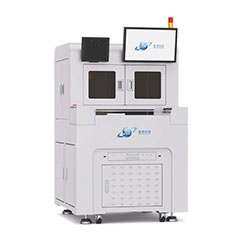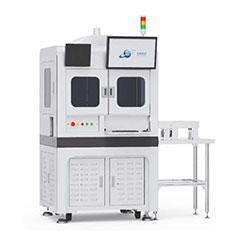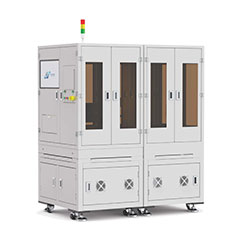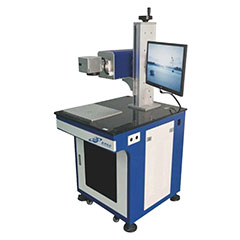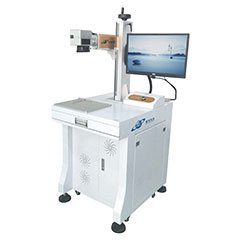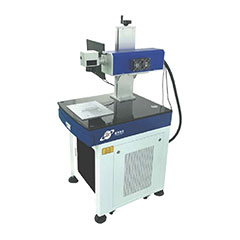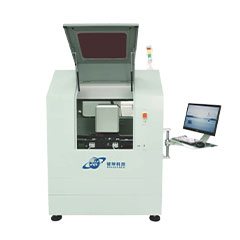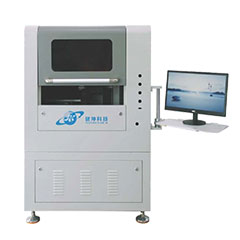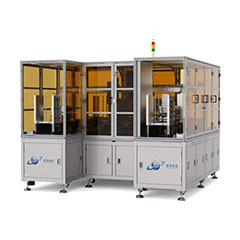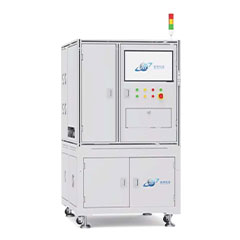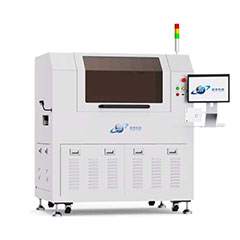The power battery is really hot recently! The price of raw materials "went up crazily", the enterprises at the head of the industrial chain increased production, and many concept stocks in the capital market rose by the limit.
1. What is a power battery?
The global electric vehicle industry calls the batteries that provide power for electric vehicles as power batteries, and divides the existing lead-acid batteries, nickel hydrogen batteries and new lithium-ion batteries into power type power batteries (hybrid electric vehicles) and energy type power batteries (pure electric vehicles).
As we all know, power battery is the "heart" of new energy vehicles. Power lithium batteries are mainly ternary material batteries and lithium iron phosphate batteries. The downstream is the installation and application of new energy vehicles, and the discharge power is higher than that of ordinary batteries.
As an auxiliary industry of new energy vehicles, in recent years, driven by the new energy vehicle industry, the power battery industry has also ushered in explosive growth.

Source: China Industrial Research Institute
2. Relationship between power battery and laser welding
The power battery accounts for 30% - 40% of the total cost of new energy vehicles, and is the largest part of the cost of new energy vehicles. It has a very important impact on the life mileage, vehicle life, safety and other core indicators of new energy vehicles. Therefore, improving the performance of power battery is the key to improving the overall performance of new energy vehicles.
Schematic diagram of power lithium battery industry chain
In the production process of power battery, welding is a very important manufacturing process from planting to packaging and assembly. In particular, the power cell structure includes various materials, such as steel, aluminum, copper, nickel, and the like, which may be made of electrodes, wires, or shells. Therefore, whether it is the welding between one material or a variety of materials, the requirements for welding technology are getting higher and higher.
Laser welding works with the excellent directivity and high power density of the laser beam. The laser beam is concentrated in a small area through the optical system, forming a heat source area with high energy concentration at the welding place in a very short time, melting the welding material, and forming hard brazing and welding.
In the whole power battery industry chain, laser welding is mainly used for the midstream production of power lithium batteries. With a very flexible, accurate and efficient precision welding method, it can meet the performance requirements of the power battery production process. It is the first choice in the power battery manufacturing process and has become the standard equipment of the power battery production line.
3. General welding application of power battery
Power supply batteries are divided into square, cylindrical and flexible packaging batteries. At present, the use process of laser welding in power battery production mainly includes:
Midway process: pole lug welding (including pre welding), pole table spot welding, pre welding of core into shell, sealing welding of shell cover, sealing welding of injection port, etc.
Back process: including joint welding of battery pack module and explosion-proof valve welding on the cover behind the module.
1. Welding of battery explosion-proof valve
The explosion-proof valve is a thin-wall valve of the battery sealing plate. When the internal pressure of the battery exceeds the specified value, the explosion-proof valve will break first, making it frustrated, releasing the pressure and preventing the battery from breaking. The explosion-proof valve is ingenious in structure, and two fixed aluminum metal plates are welded together by laser. When the internal pressure of the battery increases to a certain value, the aluminum sheet breaks at the designed groove position to prevent further expansion and explosion of the battery. Therefore, the process is very strict with the laser welding process, requiring welding sealing and strictly controlling the heat input to ensure that the damage pressure value of welding is stable within a certain range (generally 0.4 ~ 0.7MPa). If it is too large or too small, it will have a great impact on the safety of the battery.
Therefore, the explosion-proof valve usually uses joint welding. It has been proved that high-speed and high-quality welding can be achieved by using Guoyu laser composite welding laser, and the welding stability, welding efficiency and yield can be guaranteed.
2. Pole welding
The magnetic pole of the battery cover is divided into internal and external connections of the battery. The internal connection of the battery is the welding of the cell lug and the cover pole. The external connection of the battery is to form the battery magnetic poles of the serial and parallel circuits of the battery module by chip welding.
The two poles of the battery are the two poles of the battery. Generally, the two poles are aluminum and the cathode is copper. The commonly used structure is the rivet structure. After the rivet pressure is completed, all the rivets are welded, usually a circle with a diameter of 8. When welding, for the tension and conductivity that meet the design requirements, the fiber laser or composite welding laser with uniform beam quality and energy distribution is preferred. Fiber laser and composite welding laser welding can realize the aluminum aluminum structure welding of electrode column, and the copper copper structure welding stability, reduce spatter and improve welding yield.
3. Adapter welding
The adapter piece and the soft connection are the core components that connect the battery cover to the battery. The over-current, strength and low splash requirements of the battery shall be taken into account. Therefore, sufficient welding width shall be provided during the welding process with the cover to prevent short circuit of the battery and particles from falling on the battery. The cathode material copper is a high half material with low absorptivity, which requires higher energy density during welding. The latest blue light composite laser of Guoyu laser can well solve the traditional process problems such as high half and splashing.
4. Shell seal welding
The shell materials of the power battery are aluminum alloy and stainless steel, with the most aluminum alloy and less pure aluminum. Stainless steel is the material with the best Laser Weldability, especially 304 stainless steel. Whether it is pulsed or continuous laser, it can be welded with good appearance and performance.
Using continuous laser welding thin lithium battery, the efficiency can be increased by 5-10 times, and the appearance and sealing performance are very good. Now, in order to pursue faster welding speed and more uniform appearance, most companies begin to use composite welding and circular spot instead of the previous low-speed single fiber welding. At present, the welding speed of most mass production lines reaches 200mm / s, and the general mass production speed of some manufacturers' optical fiber welding low-speed lines is 70mm / s in order to ensure the stability of the weld bead.
5. Welding of sealing nail (electrolyte injection port)
There are many forms of sealing nails (liquid hole caps), usually round caps with a diameter of 8 mm and a thickness of about 0.9 mm. The basic requirements for welding are that the pressure resistance value should reach 1.1MPa, sealed and free from pinholes, cracks and explosion points.
As the last process of core welding, the yield of seal nail welding is particularly important. The existence of residual electrolyte during sealing nail welding will lead to defects such as bursting point and pinhole. The important way to suppress these defects is to reduce the heat input. After long-term tests and extensive market verification, the stability and compatibility of the laser developed by Guoyu laser can be greatly improved and the yield can be greatly improved. At present, the yield of Guoyu laser sealing nail welding can reach 99.5%.
6. Welding of power battery module and battery pack
The battery module is a serial and parallel combination of lithium-ion batteries, which can be understood as adding a single battery monitoring and management device. The structural design of the battery module often determines the performance and safety of the battery pack. Its structure must support, fix and protect the cell. It will also become the standard for judging the quality of battery modules, including overcurrent requirements, current uniformity, core temperature control, power failure in case of serious abnormality, and avoiding chain reaction.
It is easy to form brittle compounds between copper and aluminum after using laser, which cannot meet the use requirements. Generally, in addition to ultrasonic welding, copper and copper, aluminum and aluminum are generally welded by laser. At the same time, copper and aluminum have fast heat transfer, high laser reflectivity and relatively large connector thickness, so welding requires higher power laser.

